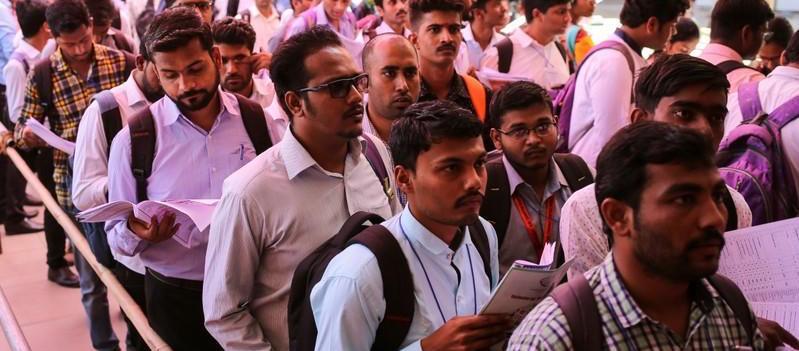- +91 92666 66780
- info@indithinkk.com
Why Nativist Labor Lodge's Ugly Rhetoric Makes Little Sense.

The politics of colonialism has returned to the Indian economic scene. In March 2021, the Haryana government passed the Bill Haryana State Employment Local Candidates Bill, 2020; which holds 75% of the private sector jobs paid to the people of the state at Rs 50,000 per month. Similarly, the DMK party in Tamil Nadu in its election manifesto has promised to enact legislation to reserve 75% of industrial jobs in the state. Other states promising reservation in private jobs for locals include Maharashtra (up to 80%); Andhra Pradesh (75%); Karnataka (75%) and Madhya Pradesh (70%).
They are mostly used only as political rhetoric and lack constitutional validity and enforceability. However, in view of such policy proposals, it is appropriate to examine why such anti-migrant policies have come to light.
Anti-Migration Policies
The theoretical rationale used in support of anti-migration policies is based on the law of demand and supply taught in any introductory course of economics. When migrants enter the state; it results in a shift of the labor supply curve; and ceteris paribus, leading to a reduction in wages for that economy.
Simply put, migrants benefit, while natives make a bad deal. In the real world, this translates to lower employment of the core population with higher salaries.
However, one of the biggest fallacies inherent in the application of this logic in policymaking is the notion of criticality peribus – that is; other things held constant – which it is hardly.
Migration has always been a controversial subject in politics.
Although the effects of migration are difficult to isolate; several studies have enabled to provide valuable insights that fuel arguments on both sides of the debate. However, on balance, a large part of the literature has revealed that empirically; the negative effects of migration are not significant in the long run to the host destination. Anti-migration proposals fail to take into account the positive effects of migration, which compensate for the negative. If we extend the simple supply-side logic described earlier to include demand-side effects; it is easy for us to imagine that the influx of migrants increases the demand for goods and services in the host region; which This results in employment. Opportunity and demand increases. Labor, leaving wages unaffected.
Studies have shown how migration occurred due to artificial factors – for example; when 125,000 Cuban immigrants crossed into Miami in 1980 – not reducing the natives’ salaries in both the short and long run. This was despite the labor force growing 7% in Miami. Interestingly; a study on the influx of European migrants into the United States during 1910–1930; found that the influx of migrants allowed native residents to move up the hierarchy and take managerial positions; while new ones were paid more monthly. Monthly outlets filled.
Proposals for laws emphasizing immediate consequences have the added benefit of increasing short-term gains
An opposing view in favor of examining some of the long-term effects opposing policy may have on the host destination’s economy; one might argue that such a policy may limit growth and employment. Labor or causal mobility within a resource is helpful to overcome the basic problem of efficient allocation of resources. The mobility of labor within an economy can determine how it adopts new technology and develops comparative advantage.
It is well known that in recent times India has taken measures to attract foreign investment. The PLI scheme and the “Make in India” initiative are designed to help the country become a global manufacturing hub against the backdrop of rising cost of production in China. Conversely; if labor mobility is restricted within the country; the business may not be able to employ the skills necessary to produce efficiently. In the process. India may lose its position as a viable manufacturing option against other Asian counterparts such as Vietnam; Thailand, Philippines, Malaysia and Bangladesh.
Advancing this argument further, if we take the hypothetical example of two states; Karnataka and Maharashtra, both ban commercial migration; then we can argue that such policies between states are also for the development of human capital May prove to be counterproductive. Bengaluru is the Silicon Valley of India and the fourth largest technology cluster in the world. On the other hand, Mumbai is known as the financial capital of India.
Business
Get In Touch
- Neptune House, 732, Street Number 3, Laxman Vihar Phase 2, Gurugram, Haryana 122006
- info@indithinkk.com
- +91 92666 66780


